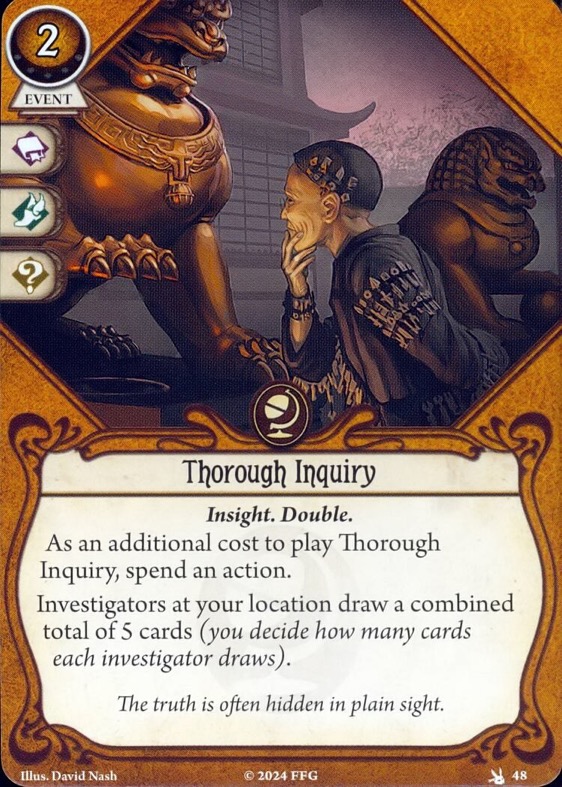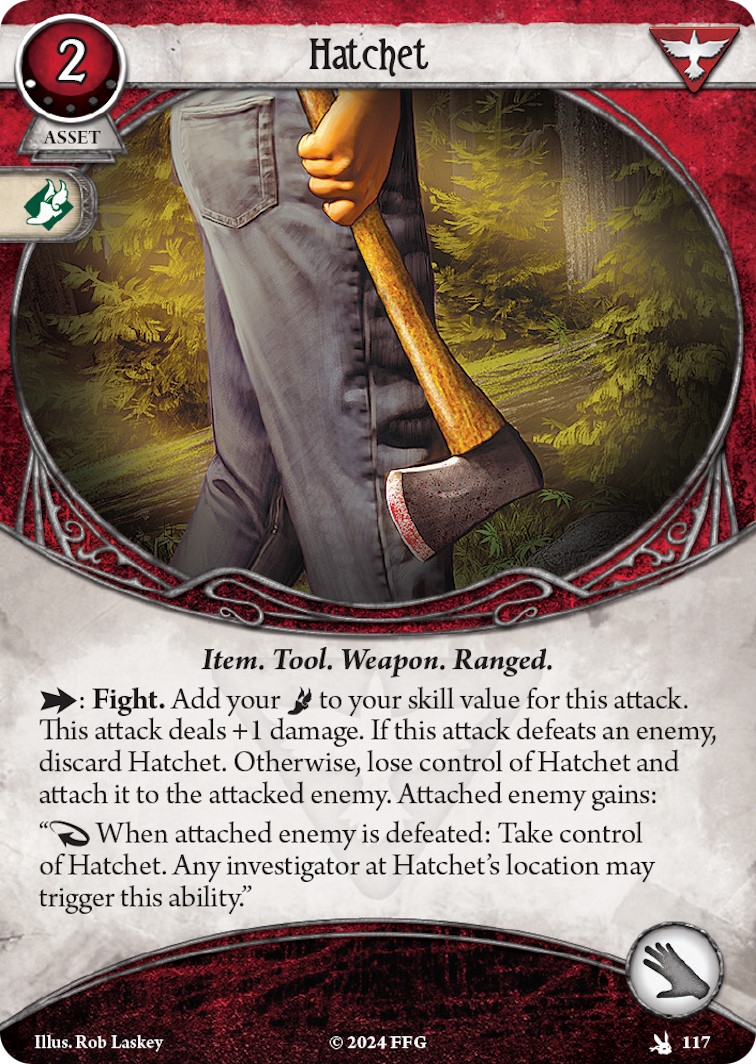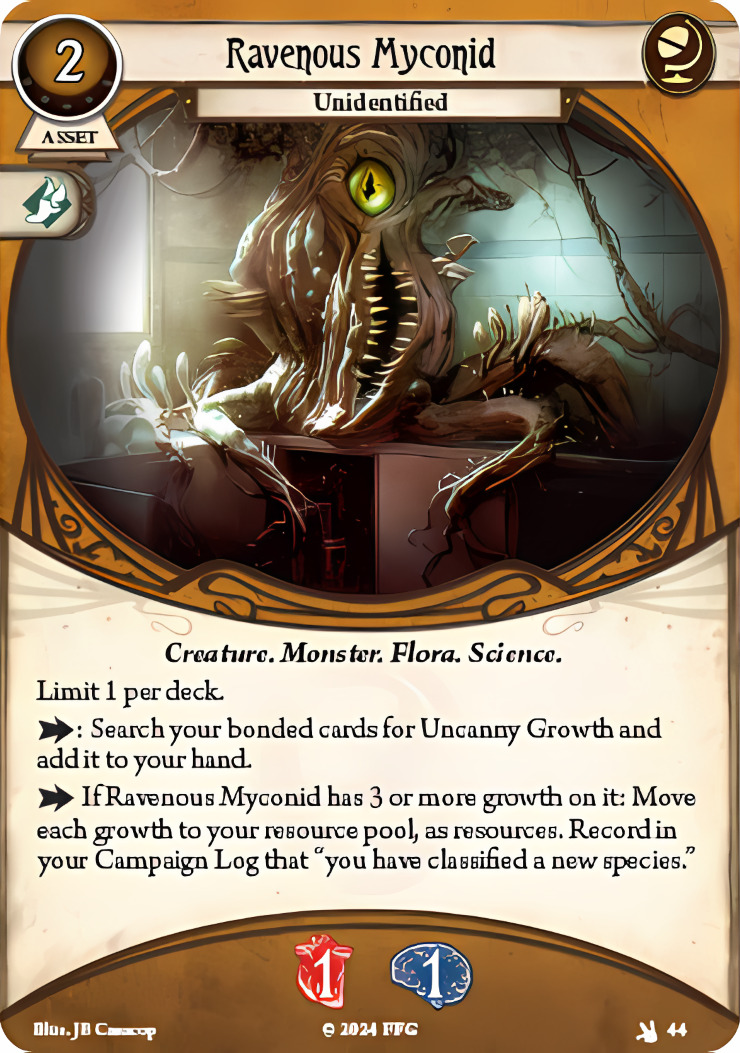
Wow! In the class of extra actions and big money plays, we have a new Level 0 king!
This card nets 6 resources for 2 actions and 1 card. For multiplayer, this is better than Stand Together if your team needs resources more than you. With support this card becomes even better; Underworld Market to consistently draw this card early, Fence to reduce the action cost, possibly the resource cost too. Cards that gain additional actions are great here. Play this with Double, Double at your own risk. Without additional actions, this will eat your turn, but for 12 resources that may be worth it.
The obvious comparison in Rogue will be to Faustian Bargain, which nets 5 resources for 1 action, 1 card and 2 curse tokens. This is better if you are leaning in to a curse related theme, otherwise the curse tokens will cause grief for you or your team, especially if you use any "succeed by" cards, such as Lucky Cigarette Case or Quick Thinking. Hot Streak & Hot Streak can replace this at the cost of XP and a higher initial resource cost.
In a 3 or 4 player game, this card is great!


